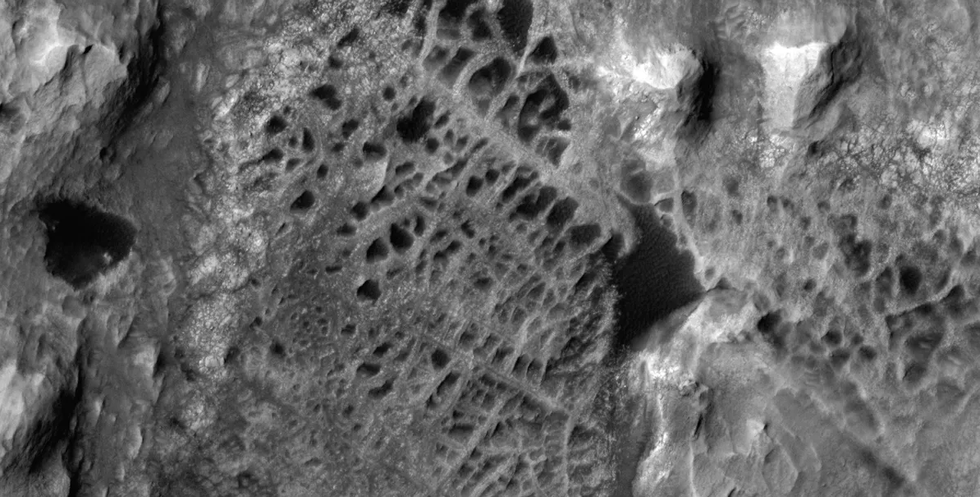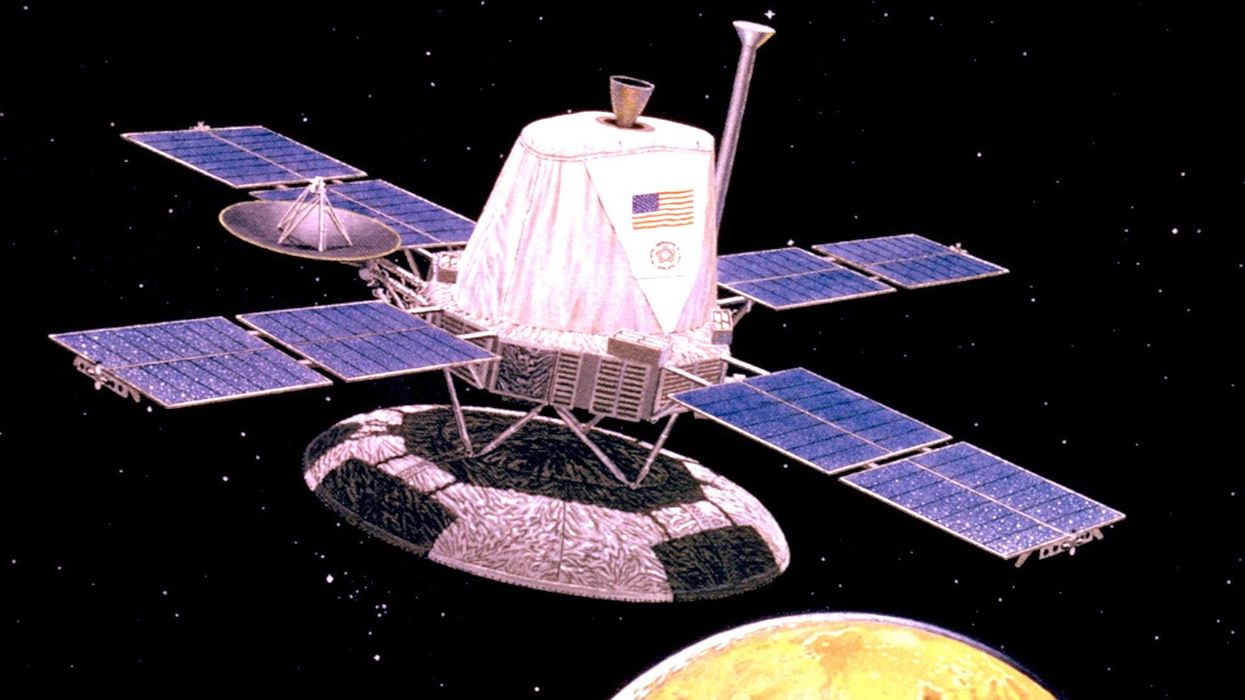Gregory Robinson
Nov 21, 2024
Did NASA Accidentally ‘Snuff Out’ Life on Mars in the 70’s?
ZMG - Amaze Lab / VideoElephant
In a few months' time, NASA's Curiosity rover will enter a fascinating new area of interest on a mountain at the centre of a crater on Mars.
The mission of the space agency’s robotic vehicle Curiosity is to explore the Red Planet to determine if it was ever habitable for microbial life.
NASA’s Curiosity rover went to Mars to explore Gale crater, described as “a large impact basin with a massive, layered mountain in the middle".
Curiosity is now ready to move out of the valley of Gediz Vallis and travel for several months to a new area on Mount Sharp, a 5-kilometer (3-mile) tall mountain at the centre of Gale crater.

Views from orbit appear to show a web-like structure, and the new area has been called the boxwork.
Scientists believe the reason behind this intricate structure is due to water when Mars was transitioning from a wet world into a dry one. It is believed some of the water flowing off Mount Sharp carried minerals that settled into surface rock fractures and eventually hardened, IFLScience reports.
Due to the thin Martian atmosphere, some of the rock eroded away over eons, revealing hard minerals that had cemented in the fractures.
Kirsten Siebach, a Curiosity scientist studying the region from Rice University in Houston, said: "These ridges will include minerals that crystallised underground, where it would have been warmer, with salty liquid water flowing through.
"Early Earth microbes could have survived in a similar environment. That makes this an exciting place to explore."
In other Martian news, a scientist recently said NASA may have accidentally killed life on Mars during a research mission to find evidence of life.
For decades, scientists have been trying to find any signs of life on the Red Planet with no conclusive evidence as of yet.
Astrobiologist Dirk Schulze-Makuch, of the Technical University Berlin in Germany, said when the Viking project became the first US mission to land safely on and explore Mars in 1976, that may be the closest we've ever come to finding it. He speculates the methods of finding life may have been destructive in itself.
"The Viking experiments, which involved adding water to soil samples, might have overwhelmed these potential microbes, leading to their demise," he wrote in a column.
How to join the indy100's free WhatsApp channel
Sign up to our free indy100 weekly newsletter
Have your say in our news democracy. Click the upvote icon at the top of the page to help raise this article through the indy100 rankings.
Top 100
The Conversation (0)














Jasmine Crockett hits back at JD Vance's 'street girl persona' jibe